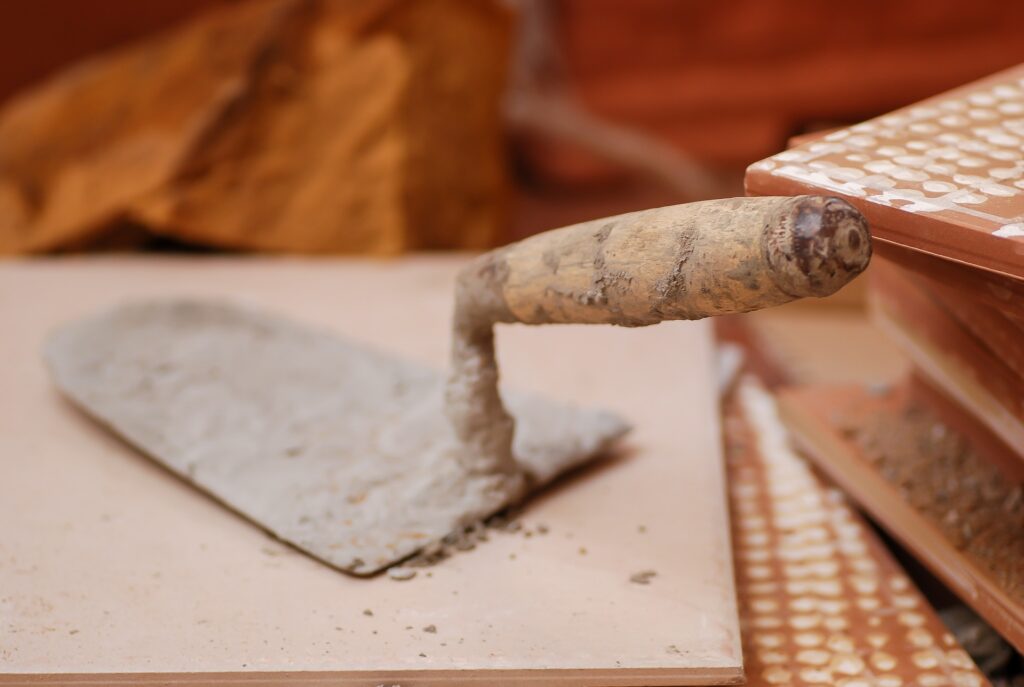Cement structures are widely used in the construction industry due to their durability and strength. However, their performance can vary depending on the climate and conditions they are exposed to. In this article, we will discuss the durability of cement structures and how they perform in different climates and conditions with https://hub.unitrade.com.my/.
What Makes Cement Structures Durable?
Cement structures are durable due to their unique properties. Cement, when mixed with water and aggregates, forms a strong and hard substance that can resist various weather and environmental conditions. Its durability is derived from the chemical reaction that occurs when cement is mixed with water, known as hydration. This process results in the formation of calcium silicate hydrate (C-S-H) gel, which is the primary binding agent in cement structures. The more C-S-H gel that forms, the stronger and more durable the cement structure will be.
The Benefits of Cement Structures
Cement structures offer many benefits, including durability, strength, and resistance to fire, weather, and pests. They also require little maintenance and have a long lifespan. Additionally, cement structures can be designed in a variety of shapes and sizes, making them versatile and adaptable to different building needs.
The Impact of Climate and Conditions on Cement Structures
While cement structures are known for their durability, their performance can vary depending on the climate and conditions they are exposed to. For example, in tropical climates with high humidity and rainfall, cement structures can be prone to cracking and erosion due to water infiltration. In contrast, in dry and arid climates, cement structures can be prone to shrinkage and cracking due to the lack of moisture.

Moreover, cement structures exposed to harsh environmental conditions such as high temperatures, strong winds, and seismic activity may experience greater wear and tear. However, with proper design and construction techniques, cement structures can be made to withstand these conditions and last for decades or even centuries.
The Pros of Cement Structures in Various Climates and Conditions
Despite the challenges of different climates and conditions, cement structures remain a popular choice. Especially for construction due to their durability and strength. In tropical climates, cement structures can be designed to incorporate water drainage systems. And protective coatings that prevent water infiltration and erosion. In dry and arid climates, cement structures can be designed to minimize shrinkage. And cracking through the use of appropriate mixtures and reinforcement techniques.
In harsh environments such as high temperatures, strong winds, and seismic activity, cement structures can be designed to withstand these conditions through proper construction techniques such as reinforcing steel bars and controlling the cement mix’s temperature and consistency.
Conclusion
Cement structures are known for their durability and strength. But their performance can vary depending on the climate and conditions they are exposed to. However, with proper design and construction techniques, cement structures can be made to withstand these challenges. And remain standing for decades or even centuries. As a popular choice for construction, cement structures offer many benefits. From low maintenance, a long lifespan, and versatility in design. As the construction industry continues to grow, it is essential to understand the durability of cement structures in various climates and conditions to ensure their longevity and sustainability.


